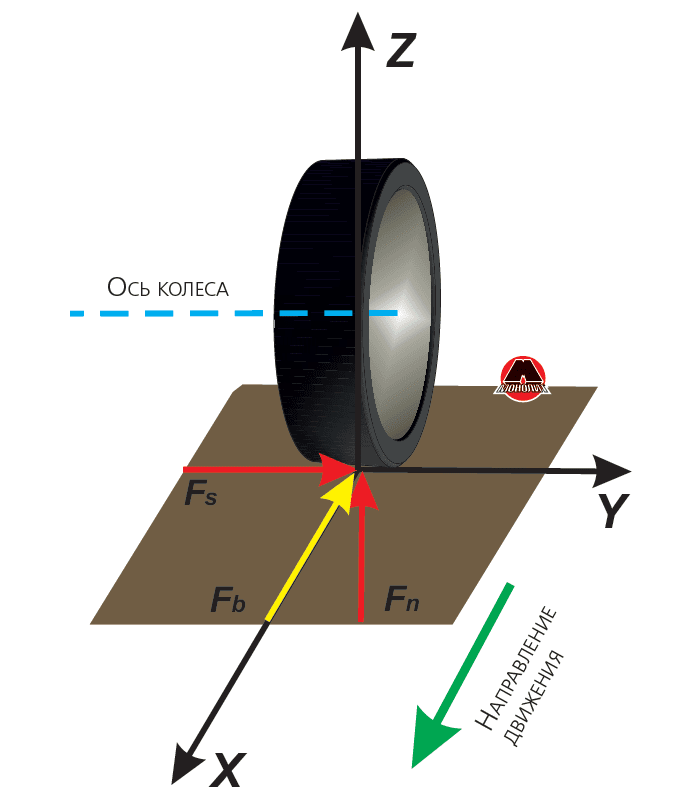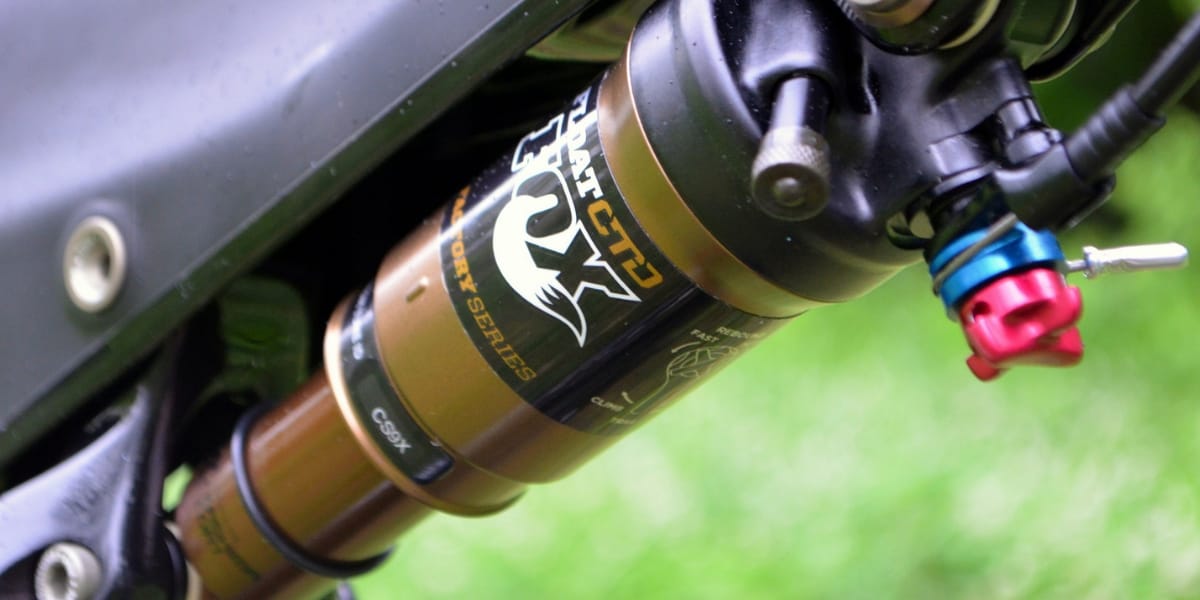
Suspension Behavior: Influence of Altitude and Temperature
Content
When your mountain bike is exposed to changing conditions such as temperature or altitude (simple adjustments, such as in bike park use), the suspension performance changes.
Zoom in on what is changing.
Temperature
The temperature to which the slurry is exposed affects the air pressure inside it.
Manufacturers are developing systems to control temperature during descents. The ultimate goal is to keep the internal temperature as even as possible from the top to the bottom of the mountain.
Principles such as the "piggy bank" were developed to use more liquid and circulate it outside of the slurry.
It acts like a radiator: oil passing through the damper piston generates heat due to friction. The slower the compression and rebound, the greater the restriction for oil passage, increasing friction. If this heat is not dissipated, it will raise the overall temperature of the suspension and therefore the air inside.
However, we must look at things in perspective.
Despite the previous statement, there is no need to tune your suspensions to their maximum open settings to reduce friction. Today's pendants are designed to cope with these temperature fluctuations. The air contained in the source is very sensitive to temperature fluctuations. During downhill or DH competitions, it is not uncommon to see the slurry temperature rise 13-16 degrees Celsius from its starting temperature. Thus, this temperature change will undoubtedly affect the air pressure inside the chambers.
Indeed, the ideal gas law makes it possible to calculate the change in pressure as a function of volume and temperature. While each suspension is unique (because each has its own volume), we can still establish general guidelines. With a temperature change of 10 degrees Celsius, we can observe a change in the air pressure inside the suspension by about 3.7%.
Take the Fox float DPX2 shock, for example, tuned to 200 psi (13,8 bar) and 15 degrees Celsius at the top of the mountain. During an intense descent, imagine that the temperature of our suspension increased by 16 degrees and reached 31 degrees Celsius. Consequently, the pressure inside will increase by about 11 psi to reach 211 psi (14,5 bar).

The formula for calculating the pressure change is as follows:
End pressure = Start pressure x (End temperature +273) / Start temperature + 273
This formula is approximate as nitrogen makes up 78% of the ambient air. This way you will understand that there is a margin of error as each gas is different. Oxygen makes up the remaining 21%, as well as 1% of inert gases.
After some empirical testing, I can confirm that the application of this formula is very close to reality.
Altitude

At sea level, all objects are exposed to a pressure of 1 bar, or 14.696 psi, measured on an absolute scale.
When you tune the suspension to 200 psi (13,8 bar), you are actually reading gauge pressure, which is calculated as the difference between the ambient pressure and the pressure inside the shock.
In our example, if you are at sea level, the pressure inside the shock absorber is 214.696 psi (14,8 bar) and the pressure outside is 14.696 psi (1 bar), which is 200 psi (13,8 bar) square inch (XNUMX bar).
As you climb, atmospheric pressure decreases. Upon reaching a height of 3 m, atmospheric pressure decreases by 000 psi (4,5 bar), reaching 0,3 10.196 psi (0,7 bar).
In simple terms, atmospheric pressure decreases by 0,1 bar (~ 1,5 psi) every 1000 m of altitude.
Thus, the gauge pressure in the shock absorber is now 204.5 psi (214.696 - 10.196) or 14,1 bar. Thus, you can see an increase in internal pressure due to the difference with atmospheric pressure.
What influences the behavior of suspensions?
If the 32 mm shock tube (shaft) has an area of 8 cm², the difference of 0,3 bar between sea level and 3000 m above sea level is approximately 2,7 kg of piston pressure.
For a fork of different diameters (34 mm, 36 mm or 40 mm), the impact will be different, since the air volume in it is not the same. At the end of the day, a 0,3 bar difference will be very small in the suspension behavior, because, remember, you descend and the pressure will return to its original value during the course.
It is necessary to reach an altitude of approximately 4500 m in order to noticeably influence the characteristics of the rear shock absorber (“shock absorber”).
This impact will be mainly due to the ratio of the system versus the force of the impacts that the rear wheel is subjected to. Below this height, the effect on overall efficiency will be negligible due to the pressure drop it will create.
It's different for a fork. From 1500 m we could observe the change in performance.

When you go up to altitude, you usually notice a drop in temperature. Therefore, it is also necessary to take into account the above aspect.
Remember that fluctuations in atmospheric pressure have the same effect on the behavior of your tires.
It is important to remember that there is no specific solution that we as a mountain biker can put into practice to reduce the temperature of our harnesses or the effect of altitude on them.
Despite what we've shown you, in the field, very few people will be able to feel the effects of temperature and altitude on harnesses.
So you can ride without worrying about this phenomenon and just enjoy the track in front of you. Increasing pressure will result in less deflection and a springy feel when damped.
Is it really important?
As for the shock absorber, only high-level pilots can feel this effect as the deflections are very small. The change in sag from 2 to 3% over a certain period is almost imperceptible. This is explained by the principle of the suspension arm. Then the force of the impact is more easily transferred to the shock absorber.
This is a different matter for a fork, as smaller pressure fluctuations will have a large effect on sag. Remember that a surebet has no leverage. The ratio would then be 1: 1. The hardening of the spring will result in more vibration transmitted to the hands, in addition to absorbing shock while riding less efficiently.
Conclusion

For enthusiasts, it is during winter walks that we can experience a major impact or when we tune the suspension just once and then travel.
It is important to remember that this principle applies not only to the temperature occurring during the descent, but also to the outside temperature. If you calculate a 20-degree deflection inside your home and go out on the bike at -10 degrees, you won't have the same deflection as the inside, and this will affect the desired suspension performance. Therefore, be sure to check for slack on the outside and not on the inside. It's the same if you are calculating the sag at the start of the season and traveling. This data will vary depending on the temperature of the places you intend to visit. Therefore, it must be constantly checked before every ride.
For those interested in the effects of high altitude, such as airplane flights, when transporting bicycles, please note that the luggage compartment of the aircraft is pressurized and the pressure fluctuations are very low. Therefore, there is no reason to reduce the pressure in the tires or suspensions, because this in no way can damage them. The suspension and tires can withstand significantly more pressure.
